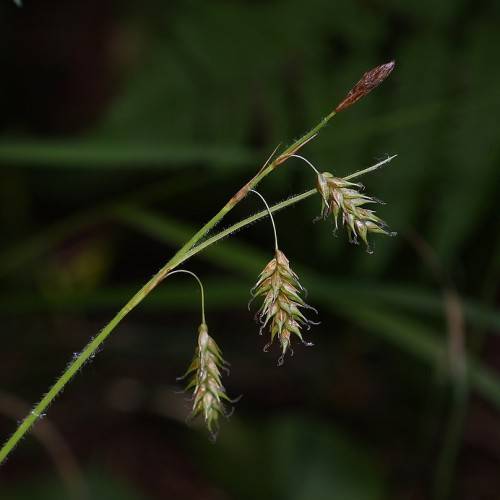
Chestnut Colored Sedge
Carex castanea
Also Known As - Chestnut Sedge,Chestnut Woodland SedgeWatering:
Minimal
Hardiness Zone:
Sun:
full sun,part shade
Soil:
Humus Enriched
Leaf:
Yes
Growth Rate:
Low
Drought Tolerant:
Yes
Salt Tolerant:
Yes
Care Level:
Medium
watering
Carey's Sedge (Carex careyana) should be watered once or twice a week, depending on the weather. If temperatures are high and there is very little rain, increase the frequency of watering. Water the plant enough to moisten the soil, but make sure not to over water, as it is prone to root rot. If grown in full sun, such as in a pot or container, water more frequently. In colder climates, water less frequently to avoid frost damage. During the winter, water the Sedges lightly to prevent the plant from drying out.
sunlight
Carey's Sedge (Carex careyana) requires full sun to grow and thrive. It should get at least 8 hours of direct sunlight each day, preferably in the morning and early afternoon. During the summer months, the plant needs to be protected from the hot afternoon sun, which can be harmful. If the plant is in an area that does not get enough sunlight during the winter months, it should be relocated to a brighter, sunnier spot. If this is not an option, grow lights can also be used to supplement the natural light.
pruning
Carey's Sedge is a clump forming, evergreen, perennial grass-like plant. Pruning for this species should be done in early spring when the new growth appears. Pruning should only be done to remove dead or damaged foliage. Trimming should be done lightly and carefully with sheers or pruning clippers. You can also remove old dead flower spikes for a tidy look. The Bushy sedge does not need a lot of pruning, so it is recommended to only remove the dead, diseased, or damaged parts. Doing too much pruning can damage the plant's health.
